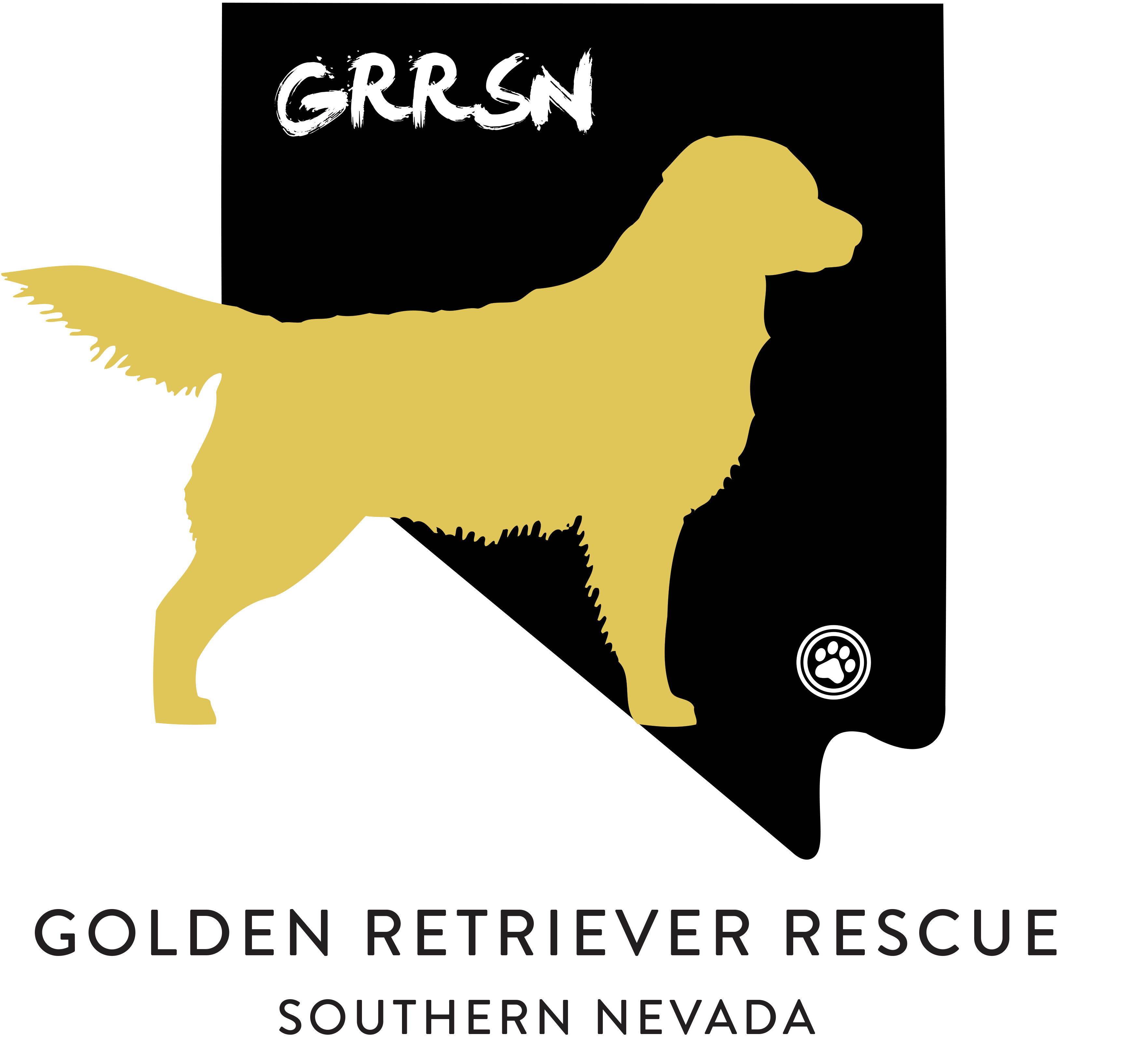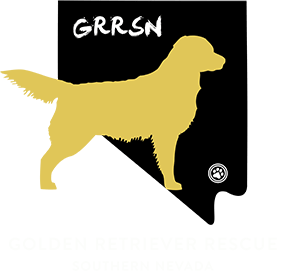Flaky Skin in Dogs and Cats
Common Mistakes That Can Cause Skin and Coat Problems in Your Pet
April 12, 2011 | 35,789 views | + Add to Favorites
Today I’d like to talk about why dogs and cats develop flaky skin. There are a few different reasons for the condition, including:
- Under-grooming
- Under- or over-bathing
- Dietary deficiency
- Underlying medical issue
When Your Dog or Cat Isn’t Adequately Groomed
Under-grooming, or lack of grooming, allows a lot of dead, flaky skin to accumulate under your pet’s coat.
Shorted-coated dog breeds don’t have much undercoat for dead skin to get trapped in. But double-coated breeds or dogs with thick, longer hair can accumulate lots of dead flakes on the surface of the skin under all that hair.
If the hair isn’t being removed on a regular basis, excessive flaking will build up as the dead skin mixes with the undercoat.
Cats normally self-groom away their dead skin and excess hair, but again, a cat with very long hair – or an overweight kitty – can’t do a thorough job. Dead skin tends to accumulate across the back of the pelvis of obese cats, where they can no longer reach to groom.
If your pet seems to have a lot of flaking in a particular spot, watch to see if she’s able to groom and remove hair in that area. If she can’t get to it, you’ll need to give her an assist by brushing her regularly to facilitate removal of dead skin and excess hair.
Baths and Flaky Skin
Too many or too few baths can also be a reason for excessively flaky skin in a dog or cat.
Urban legend tells us we should never bathe our dogs, but this idea is outdated.
Back in the 1900’s, when shampoos were made from lye or coal tar derivatives, they were so caustic and abrasive it was better to not use them too often.
Overuse of those old harsh shampoos was hard on the scalp of humans and the skin of pets, creating irritation and excessive flaking in both.
Nowadays, there are plenty of safe, gentle shampoos available for everyone on two legs and four. Just as many of you shampoo every day, every other day, or multiple times a week with no issues, you can also bathe your pet regularly without worrying about over-drying the coat or skin.
Focus on bathing your dog or cat when he needs it. Some dogs rarely need a bath. Other dogs have oily or flaky skin and hair and need to be bathed frequently. Let the condition of your pet’s skin and coat dictate the frequency of the baths you provide.
Cats sometimes need baths as well.
Pets living in dry climates tend to need fewer baths than animals living in areas with higher humidity. Of course the drier the air, the drier the skin and coat (potentially), which can promote flaking. So that’s something to be aware of if you live in the desert southwest, for example.
As a general rule, though, high humidity areas foster more skin irritation in pets and the need for more frequent baths.
Whether your pet is a dog or a cat, select a gentle, non-abrasive shampoo. Bathing your pet every day is probably overkill, and will cause skin and coat dryness. Never bathing your pet, on the other hand, allows buildup of dead skin and hair. The act of brushing and bathing helps exfoliate dead skin.
Flaky Skin and Omega-3 Deficiency
A dietary lack of omega-3 fatty acids is a very common cause for excessively flaky skin in pets. Dogs and cats need an abundance of omega-3’s to be healthy.
Processed dog and cat foods are typically heated, extruded and/or canned. Since omega-3 fatty acids are very sensitive to heat and light, the processing of commercial pet food renders the omega-3’s inert. They’re still in the food, but no longer active or useful to your pet’s body.
Even if you’re feeding a homemade raw diet, if you’re not following a balanced recipe that calls for extra EFA’s/omega-3 fatty acids, or unless you’re feeding fish on a daily basis, your pet’s diet is probably unbalanced for fatty acids.
In my practice, dietary deficiency of omega-3’s is the number one cause of excessively flaky skin in pets.
Whether you feed a commercial diet or a homemade diet, you may need to supplement with essential fatty acids. My favorite is krill oil, but I also see good improvement in flaky coats when coconut oil is supplemented.
Not only are omega-3’s important for your dog or cat, so is the dietary ratio of omega-3’s to omega-6’s.
Most foods available, whether purchased commercial or homemade, are rich in omega-6 fatty acids. Because the average pet diet is heavy in omega-6’s, supplementing with additional omega-6’s in the form of corn oil, olive oil, safflower oil or even flax oil (that contains some vegetable sources of omega 3’s, but also omega 6’s) can create an imbalance serious enough to cause skin problems.
Omega-6 fatty acids, in abundance, become pro-inflammatory oils. If your pet gets too many of these without a balance of healthy fish-based oils – DHA and EPA – it can be a real problem.
It’s also important to note that dogs and cats can’t convert omega-3 vegetable sources into DHA. Flax oil has some omega-3 value for humans, but that doesn’t hold true for your pet. So it’s really important that you supply fish-body oils or krill oil to your dog or cat. Algal DHA is also a good source of omega-3 fatty acids.
Does Your Pet Have an Underlying Medical Issue?
Another reason for excessive flaking in pets is an underlying medical problem.
Both cats and dogs can have metabolic conditions that cause the skin’s turnover rate to be hindered. Thyroid conditions are a common cause of flaky skin: hypothyroidism in dogs and hyperthyroidism in kitties.
Any health issue in a cat that causes her not to feel well can translate to a lack of regular or thorough grooming. Lots of ill kitties have excessive flaking.
Skin infections are another very common medical cause of flaking. Bacterial infections, fungal infections like ringworm, and parasitic infections on the skin can all cause increased flaking in your pet. In fact, there’s actually a parasitic mite called ‘Walking Dandruff.’
If your precious pup or kitty is having a flaky skin problem, I recommend you work with your holistic veterinarian to identify the root cause so you can resolve the issue and get your pet’s skin and coat back to a healthy condition.



